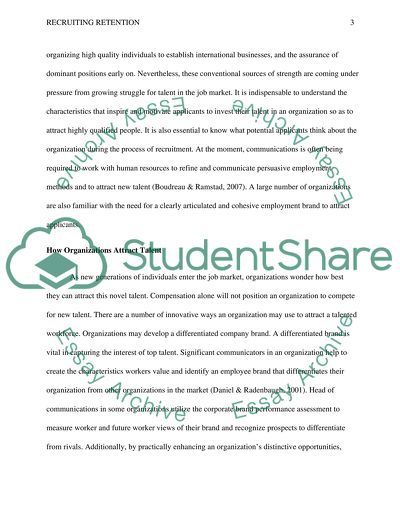Cite this document
(“Recruiting Retention Research Paper Example | Topics and Well Written Essays - 3750 words”, n.d.)
Recruiting Retention Research Paper Example | Topics and Well Written Essays - 3750 words. Retrieved from https://studentshare.org/human-resources/1486547-recruiting-retention
Recruiting Retention Research Paper Example | Topics and Well Written Essays - 3750 words. Retrieved from https://studentshare.org/human-resources/1486547-recruiting-retention
(Recruiting Retention Research Paper Example | Topics and Well Written Essays - 3750 Words)
Recruiting Retention Research Paper Example | Topics and Well Written Essays - 3750 Words. https://studentshare.org/human-resources/1486547-recruiting-retention.
Recruiting Retention Research Paper Example | Topics and Well Written Essays - 3750 Words. https://studentshare.org/human-resources/1486547-recruiting-retention.
“Recruiting Retention Research Paper Example | Topics and Well Written Essays - 3750 Words”, n.d. https://studentshare.org/human-resources/1486547-recruiting-retention.


